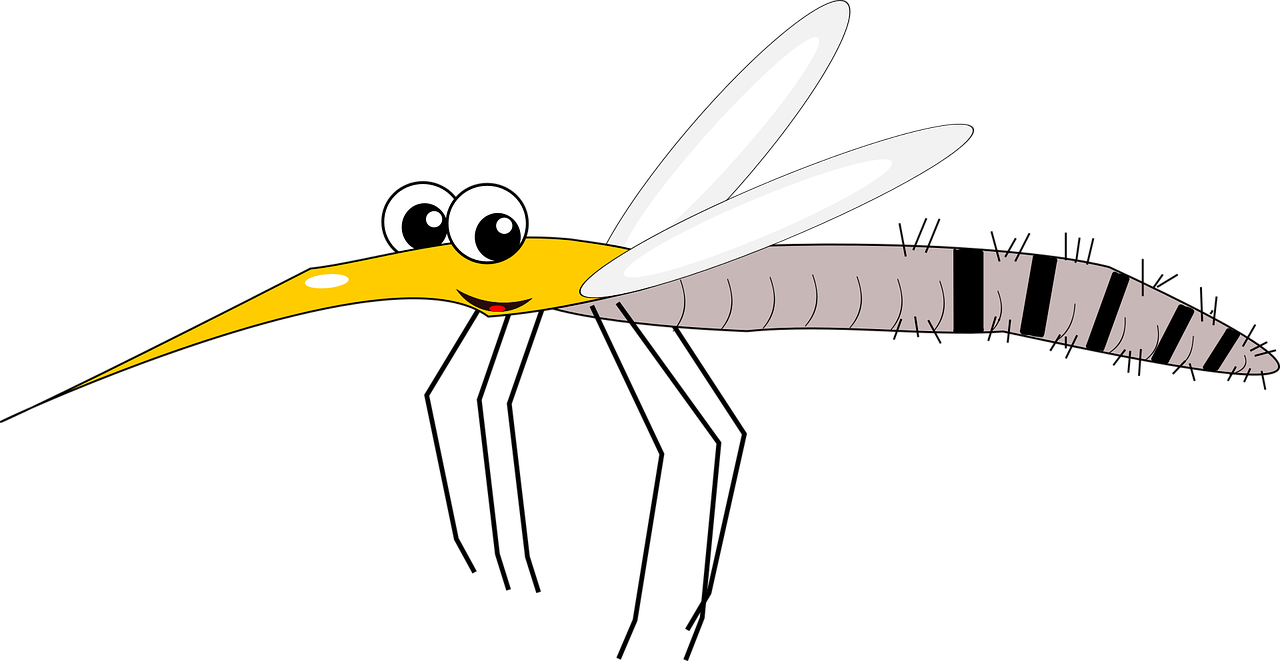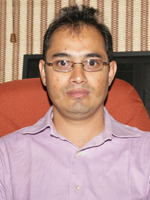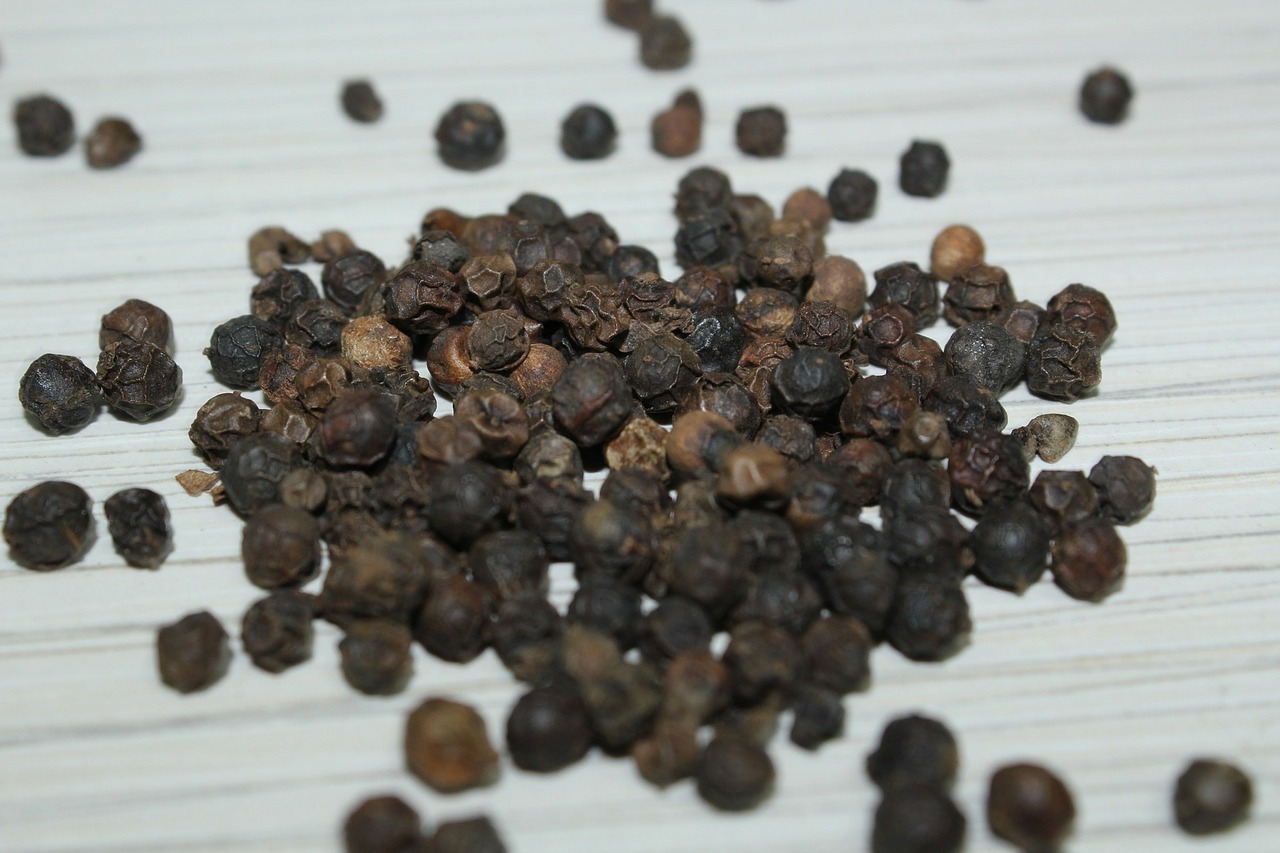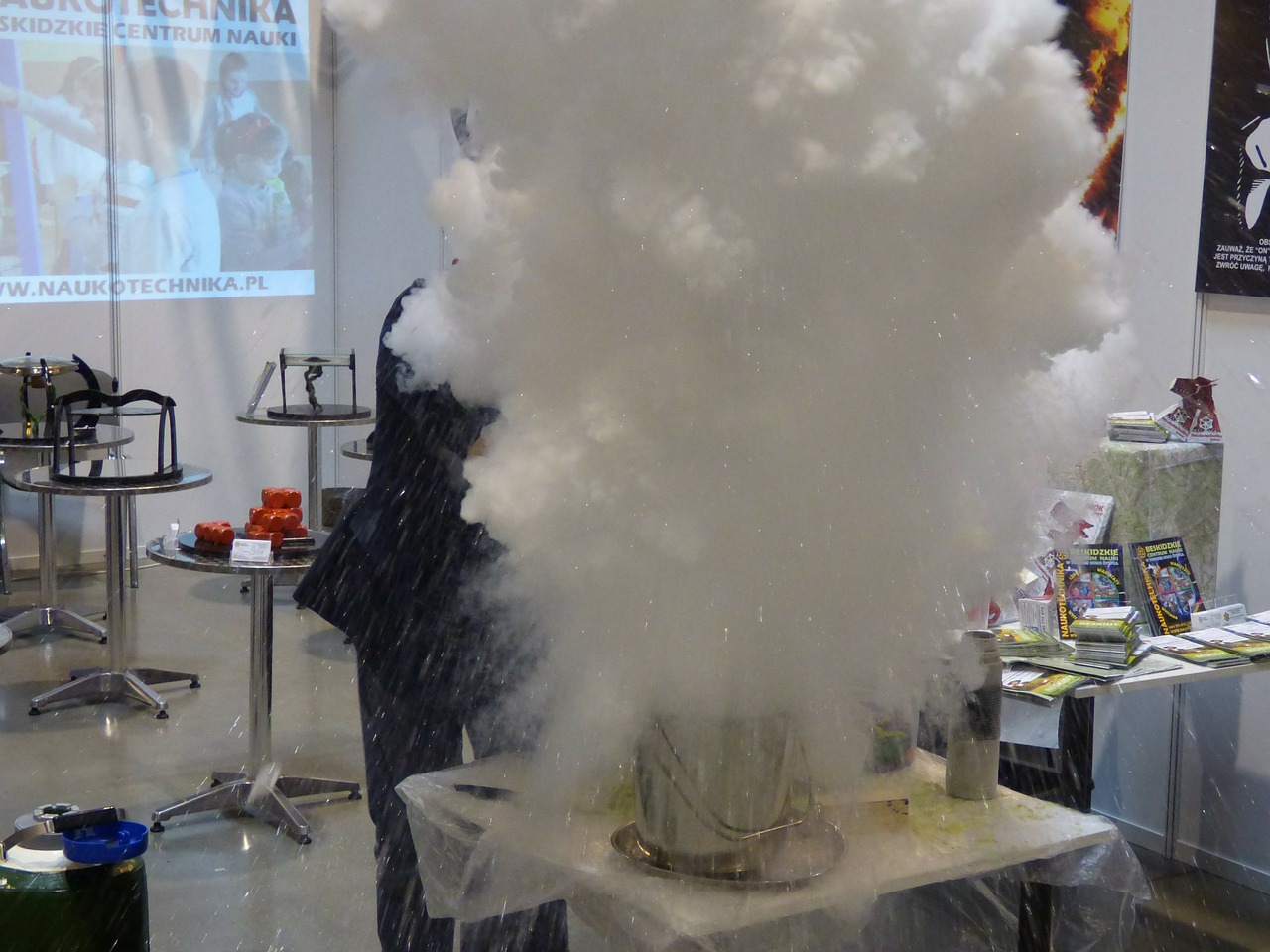
CSIR Scientists Working On New Vaccine for Malaria
- News
- 2.1K
Despite efforts over the decades by scientists across the world, malaria continues to be a major vector-borne disease particularly in Asia, Africa, and South America. The World Health Organization’s malaria report for 2016 estimated that globally there were 216 million cases of 445,000 deaths.
The malaria parasite, though a tiny single-celled organism, has a highly complex life cycle. It has 15 different stages and they occur in different cellular environments. The protein make up of the parasite also substantially differs from stage to stage and several organelles in the cells keep varying. Many organelles, particularly those required for the parasite to enter host cells, are produced and disposed of as and when required. Additionally, the parasite not only breaks down host cellular contents to obtain nutrients but also enslaves many host proteins for its benefit.
Scientists have been trying to come up with strategies to defeat the parasite. Researchers at the Hyderabad-based Centre for Cellular and Molecular Biology (CCMB) are working towards developing a whole parasite vaccine that can be conditionally attenuated when given to humans.

Dr. Puran Singh Sijwali
Speaking to India Science Wire, Dr. Puran Singh Sijwali, principal scientist at CCMB, who heads the team working on the vaccine, said “we have been developing conditionally attenuated parasite lines and testing them in mouse models. One of the lines is showing promising results. We now have to develop a parasite line for human use.”
Dr. Sijwali conceded that the task ahead was not a cake walk. “The basic problem is that malaria parasite species that infect human and mouse are different. We can adopt the concept that we have validated using mouse malaria species for developing a vaccine for human malaria parasite also. Importantly, the target used for conditional attenuation is also present in the human malaria parasite. But we cannot be sure how effective it would be. Culture tests can give an indication of attenuation. However, one has to do clinical trials with human volunteers to test whether the attenuated parasites will function as vaccines.” The whole process could take several years.
If successful, it would be a great advance. Despite the number of efforts, a malaria vaccine is still awaited. A candidate malaria vaccine developed by GSK in collaboration with Walter Reed Army Institute of Research is set to be tested in Ghana, Kenya, and Malawi.
The pilot project, which will begin later this year, is expected to provide initial insights on the programmatic feasibility of delivering a candidate vaccine. A large-scale Phase 3 efficacy and safety trial of the candidate vaccine, which concluded in January 2014, had shown that it could help in reducing the burden of malaria when used alongside currently available interventions like bed nets and insecticides.
Dr. Sijwali and his team are also investigating two important pathways in malaria parasite – ubiquitin proteasome and lysosomal pathways, which likely regulate parasite development and disease pathogenesis, and could be a treasure of potential targets for vaccine and drug development. He said, “We combine gene knock-out/gene knock-in/gene knock-down approaches with biochemical and cell biology methods in our studies on both P. falciparum and in the in vivo models of malaria”.
The team is also working to understand the virulence of P. falciparum that causes cerebral malaria and pregnancy-related malaria. Five species of Plasmodium cause malaria in humans: P. falciparum, P. vivax, P. malariae, P. ovale, and P. knowlesi. Most infections are caused by P. falciparum and P. vivax, but P. falciparum is the most dangerous: it accounts for almost 90% of total malaria toll. P. falciparum malaria is particularly fatal in children under five and pregnant women.
Dr. Sijwali made a presentation on his work at a recent international conference on cell biology. It was the first of its kind meeting, where three organizations came together: International Federation for Cell Biology (IFCB), Asian Pacific Organization for Cell Biology (APOCB) and Indian Society of Cell Biology (ISCB). During the five day programme, organized by CCMB at Hyderabad, cell biologists from across the world presented and discussed their work. The meeting also commemorated the 30th anniversary of the APOCB. (India Science Wire)
By Sunderarajan Padmanabhan
For the latest Science, Tech news and conversations, follow Research Stash on Twitter, Facebook, and subscribe to our YouTube channel



